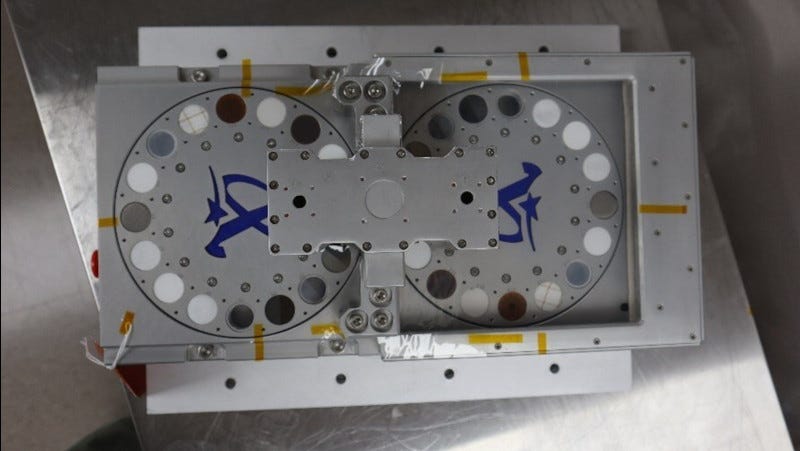Regolith Test Facility Arrives on the Moon
Australian Lunar Rover to Land Soon
There is a lot of attention being paid to the Moon this week. Early Sunday, the Blue Ghost Mission-1 touched down on the lunar surface, and the Intuitive Machines IM-2 mission is on its way.
"RAC will gather crucial data on the Moon's surface to test, improve and safeguard future spacecraft, spacesuits and habitats from the detrimental…
Keep reading with a 7-day free trial
Subscribe to The Journal of Space Commerce to keep reading this post and get 7 days of free access to the full post archives.



